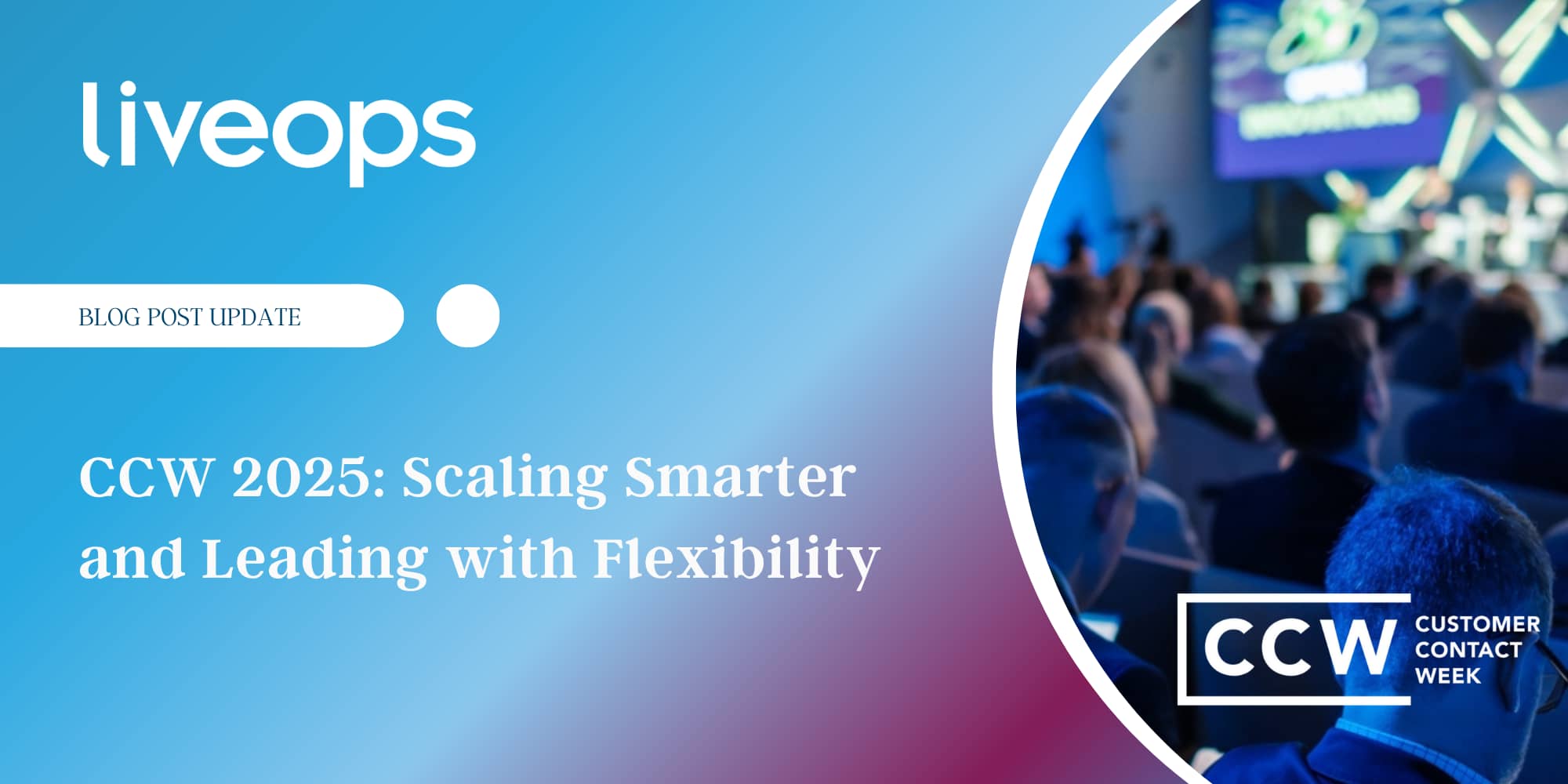No, summer doesn’t need to be a CX nightmare for travel and hospitality
minutes
Listen to the Article

More than just flexible dates: Travel customer care with built-in flex
Nearly half of all Americans are expected to travel over the July 4 holiday. For the entire summer season, 257 million people are predicted to fly in the United States. Numbers like these put the travel and hospitality industry on track to wrap a decade of steady growth.
They also help frame the potential for a bit of turbulence within the industry. Which is why economic observers have sounded warnings about a number of pressures bearing down on the sector. News reports have mentioned airlines are facing tough choices moving forward as costs rise and margins narrow and that rising costs are putting hotels under pressure.
To put a fine point on it, look at the industry employment of an estimated 1.1 million unfilled jobs in 2018, according to a February report from Deloitte, the 2019 US Travel and Hospitality Outlook.
The report continues, “while market conditions are generally expected to remain strong in 2019, significant challenges capable of throwing the US travel industry off its growth trajectory loom on the horizon—many the unfortunate growing pains of an expanding industry.”
Conversations I’m having with travel and hospitality executives are lending color to these challenges. I’ve learned about the flip side to a decade of airlines at capacity, hotels without vacancies, cruise ships packed to the gunnels, etc.
Layer on disruptive events—everything from hurricanes and equipment groundings to mass sickness among travelers—and the complexity of handling all that traffic while maintaining service levels deepens.
Travel isn’t flying solo. The need for flex is universal.
In these conversations we get into the weeds about workflows, whether in the arena of customer service, reservations, crew scheduling or elsewhere.
The big takeaway: Major pain points are tied to greater need for flexibility and operations that scale during spikes that come with the territory
Global professional services firm EY suggests a scalable workforce, which also addresses pressures for cost reduction, is at the heart of a solution.
“We are seeing a convergence of cost reduction initiatives and the need for employers to have more agility, with workers looking for more flexibility. Together, these objectives are driving a shift toward a contingent workforce,” said Tony Steadman, a supply chain leader with EY.
The article notes a significant portion of enterprise-level organizations already are tapping into this solution. A 2016 survey by EY found 18 percent of the workforce at mid-market companies (with revenue of $100m to $5 billion) was contingent, a figure projected to reach 20 percent by 2020. At big companies (revenue above $5 billion), those numbers are 16 percent and 19 percent, respectively.
Yet, narrowing that analysis to the travel and hospitality sector, the portion of companies sourcing contingent workforce likely isn’t on par with the data reflected above. Even though contingent workforce-based competitors such as Airbnb, Uber, Turo and others are billions of dollars in market share. Airbnb, gearing to go public, this month launched Airbnb Adventures, multi-day all inclusive tour packages presented by local guides.
Industry giants and other legacy service providers, however, have been slow to engage a contingent workforce, commonly called the “gig economy.”
Consider this a wakeup call—it’s time for innovation in approaching your workforce
Demographics are ultimately what will drive companies to integrate gig talent into their workforces. With high employment, an aging population and a low birth rate, the nation faces a potential shortage of 8.2 million workers through 2027.
Companies that limit recruitment to traditional channels and practices likely are experiencing a heightened difficulty in hiring because a significant portion of the workforce—29 percent of U.S. workers—has an arrangement outside of traditional employment as their primary means of income.
We’re talking in the neighborhood of some 57 million Americans. This talent won’t even show up on your radar if you’re not actively recruiting them. (Check out our brief history of the phenomenon of the gig economy.)
Eliminate your not-insignificant expense of keeping the lights on at a contact center that likely spans half an acre or more:
If you’ve still got a brick-and-mortar-based structure for operations that aren’t hinged to the brick-and-mortar, you’re putting yourself and your organization at a competitive disadvantage.
Workflows that travel and hospitality executives have discussed with me—such as customer care and reservations—could deliver better results if they were untethered from their physical place and from a traditionally employed workforce.
Leaders told me how they have tried down-sizing their physical contact center and sending rank and file to work from home. Employees still are on the clock about 40 hours a week. As leaders are realizing, this model struggles to deliver desired results because of high fixed labor costs and other expenditures associated with maintaining a physical site.
To reduce costs further, go beyond the “work-from-home” model by utilizing a contingent, gig-based workforce:
You dial in the level of labor needed to manage any frequency of spikes—anticipated as well as unforeseen.
These areas represent a portion of the opportunity available for organizations that figure out how to integrate a contingent workforce. The only question is, which organizations will be proactive in designing a scalable workforce and which will get to it only under duress.
Ready to explore a contingent workforce? Here’s a preview:
In the customer care and reservations arena, early-adopter brands attract and retain agents who, on average, are more than twice as likely to be college educated and have three times as many years of work experience than your average contact center employee (Frost & Sullivan).
Leveraging this workforce would raise the bar on customer experience of your contact center and add cost competitiveness.
Are you ready to venture beyond the traditional contact center and tap into top talent?
Find out about Liveops solutions for travel and hospitality.





